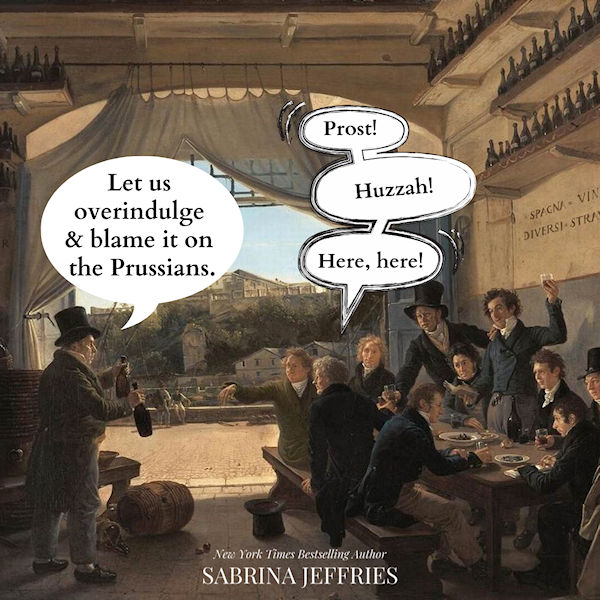The Season
Time for the Season! Or rather, past time or not yet time. The Season began earlier, in February or March, but the part we most often hear about—the young ladies’ debuts—came to depend on when Easter was, since that was what dictated the Parliament midsession break. All the best social events came after Easter. But for a young woman like the heroine of Project Duchess, the Season was a daunting prospect no matter when it occurred. A debutante had to have a respectable female sponsor (and if, like my heroine, she didn’t have a mother, that might be hard to find). The debutante had to wear these awful huge gowns that were only used for debuts. And there were many etiquette rules. For example, the gowns had to have trains, but after meeting the Queen, the hapless young lady had to back out of the room. Try doing that with a train!





